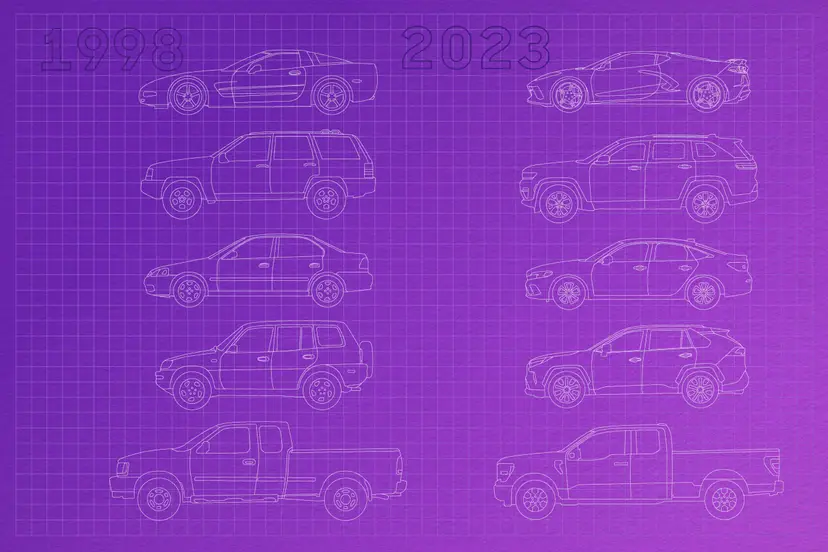
The second time around with Toyota’s mini sport-ute wasn’t as nice as the first journey two years ago, when testing a 1996 model.
This time we encountered some hilly terrain and found the 2-liter, 127-h.p. 4-cylinder engine doesn’t like sharp inclines as much as it enjoys the flatlands.
With the pedal to the metal, the 2-liter wheezed, though in fairness, the RAV4 we tested had 4-speed automatic and not a manual to help even out those hills.
What it lacks in pep, it makes up for in petroleum savings with its 22 m.p.g. city/26 m.p.g. highway rating, most respectable considering that’s the rating with 4WD for all-season motoring.
Nice to have 16-inch all-season tires on a small vehicle like this to provide optimum handling in a petite package.
The base price on the four-door, 4WD unit we tested was only $18,708, but the options can quickly add to your debt burden. ABS runs $590 and is left off the standard equipment list to keep the base less than $19,000. The power tilt/slide sunroof runs $915, privacy glass $295 and the value (?) package runs $2,772 for air conditioning, CD player, cruise control, carpeted floor mats and the mandatory power windows/locks/mirrors. You can save $1,140 by not opting for the aluminum alloy wheels.
With $420 for freight (Hmmm, why do Japanese automakers charge less money to ship and truck a vehicle from Japan than U.S. automakers charge to simply truck a vehicle within U.S. borders?) and the option load, our test vehicle topped $25,000.
The subcompact RAV4 is priced at the same level as a much larger Blazer, Explorer or Cherokee, not to mention a host of fine compact and midsize sedans. It also ran about $1,000 more than the Amigo, though it had two more doors.
Ah, well, $25,000 to be different, though for that money you can purchase a hard-to-find, much-in-demand Volkswagen Beetle.







.png)


